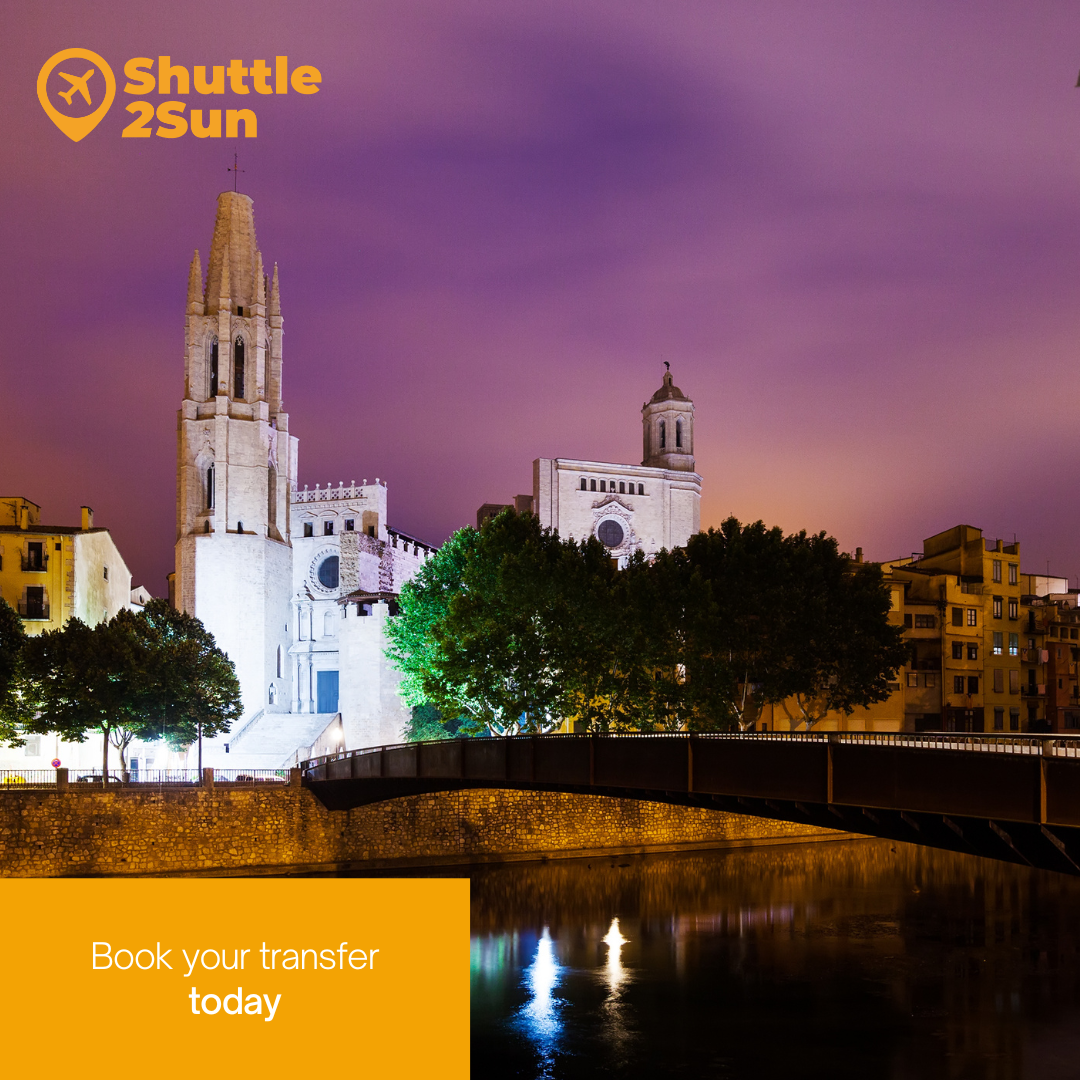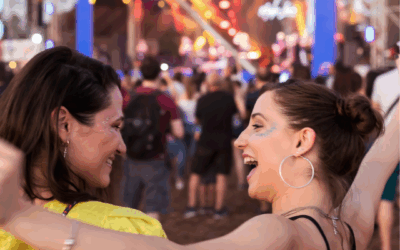Catalonia, like the rest of Spain and other countries in the world where the Christian religion is predominant, celebrates Holy Week with the arrival of spring, a time full of tradition and worship that floods the streets with devout and curious people who want to take part in this commemoration of Jesus Christ. So deeply rooted is this celebration that many tourists, both national and international, come to Spain to discover the Spanish traditions and the liturgies established by this religion.
Large cities such as Barcelona, as well as towns on Costa Dorada and Costa Brava, join in this religious festivity, with numerous events and processions. If you want to get to these destinations, we recommend the shared transfer services and private transfer services, low-cost and sustainable, offered by Shuttle2Sun, depending on the destination, from Barcelona airport, Barcelona port and Camp de Tarragona AVE train station.
Why do we celebrate Holy Week?
Holy Week is a celebration that highlights the stages that make up the passion of Christ, including his arrest, condemnation, death on the cross and subsequent resurrection, according to the Four Gospels. This commemoration has been held since the Ancient Ages, when events began to be held in homage to this event in the life of Jesus Christ; and from the 4th century onwards, when it was decided to reinforce this event, with the establishment of what we now know as Holy Thursday and Good Friday.
With the passing of the Middle Ages, processions began to be organised in the streets, representing the Stations of the Cross, and including, over the years, the processions and religious images that we see today at Holy Week.
This year, it will take place from Sunday, 24th of March, until the following Sunday, 31st of March, although, in the case of Catalonia, an extra day will be added, Easter Monday, in this case, 1st of April, in commemoration of Christ’s resurrection.
Liturgical events in Barcelona
Holy Week in Barcelona begins on Palm Sunday, this year on 24th of March, with the traditional blessing of the palms and palmones, at 10.15 a.m. in the Cathedral and at 12 noon in the Sagrada Família. On this day you will be able to see the ‘Borriquita‘ procession from the parish church of Sant Agustí.

One of the most popular and outstanding events in the Barcelona programme is the Stations of the Cross in front of the Passion façade of the Sagrada Família, which takes place on Good Friday, 29th of March, at 9 p.m.
On Holy Thursday, at 7 p.m., Barcelona Cathedral will host a mass dedicated to this day, which commemorates Jesus’ Last Supper with his disciples; and at 8 p.m., the Sagrada Família will host the Lord’s Supper on Holy Thursday.
On Saturday evening, you can go inside Barcelona Cathedral to watch the Solemn Easter Vigil, where the entrance procession with the Paschal candle will take place, as well as various chants, with the participation of the Francesc Valls Choir.
Discover Barcelona’s Holy Week traditions. Remember that with the shared transfer services and private transfer services, low-cost and sustainable, offered by Shuttle2Sun, depending on the destination, you can get to Barcelona from Barcelona airport, Barcelona port and Camp de Tarragona AVE train station.
Processions, the protagonists in Girona
Girona, capital of the province that bears its name, is another city that joins in the Holy Week celebrations with an extensive programme that, every year, attracts thousands of people who want to witness these acts of worship.
The first event on the programme is the Blessing of the Palms and Holy Mass, followed by the procession commemorating the entry of Jesus into Jerusalem, which takes place on the 24th of March, Palm Sunday.

Another highlight is the Procession of the Holy Burial, which takes place on Good Friday, organised by Manaies de Girona and the city’s Board of Confraternities. This event is the result of the union of the old procession of the Immaculate Blood and that of the Passion and Death, held on Holy Thursday and Good Friday, respectively, which ceased to take place after the Civil War.
The route will start and end at Girona Cathedral, passing through Plaça de Sant Feliu, Carrer Ballesteries, Carrer Argenteria, Rambla, Pont de Pedra, Carrer Nou, Avinguda St. Francesc, Plaça Catalunya, Carrer Albereda, Carrer Ciutadans, Cort Reial, Ballesteries and Pujada de Sant Feliu.
Tarragona also joins in
In the case of the city of Tarragona, in the heart of Costa Daurada, there is also a wide variety of processions and processional floats that attract thousands of people to the streets of Part Alta district.
The first procession is that of the Friday of Sorrows, which is held on the first Friday, 22nd of March, followed by the Procession of the Nazarenes on Holy Tuesday. The following day, Holy Wednesday, you will be able to witness the Procession of Sorrow, with five steps that will explain the last episodes that marked the life of Jesus before his crucifixion.
On Good Friday there will be the Procession of the Holy Burial, as in the case of the city of Girona, one of the most popular among the people of Tarragona, which will also pass through different parts of the provincial capital, such as Baixada de la Misericòrdia, Carrer Major and Plaça de la Font. The programme will culminate with the Procession of Solitude on the following day, 30th of March.
The Mona de Pascua, a traditional pastry
If you visit any of these cities, you can’t miss one of the most deeply rooted pastry traditions in Catalonia, the Mona de Pascua. It has changed over the years, so that we can find several different versions of this typical sweet. What has remained the same is the fact that it must be given as a gift by the godparents to their godchildren.
The most traditional is made with brioche, which includes hard-boiled eggs in the centre. Another very widespread option, and one that you will find more often in patisseries and bakeries, is made up of various layers of sponge cake, filled with cream, chocolate, cream or butter, and which you will see decorated with chicks, brightly coloured feathers and chocolate eggs. These eggs have also evolved, creating some of the most impressive and realistic figures that simulate the most popular children’s characters of the time.
Enjoy Barcelona, Girona and Tarragona at this special time of year, the Catalan Holy Week. Get to these cities in a comfortable way, thanks to the shared transfer services and private transfer services, low-cost and sustainable, offered by Shuttle2Sun, depending on the destination, from Barcelona airport, Barcelona port and Camp de Tarragona AVE train station.



